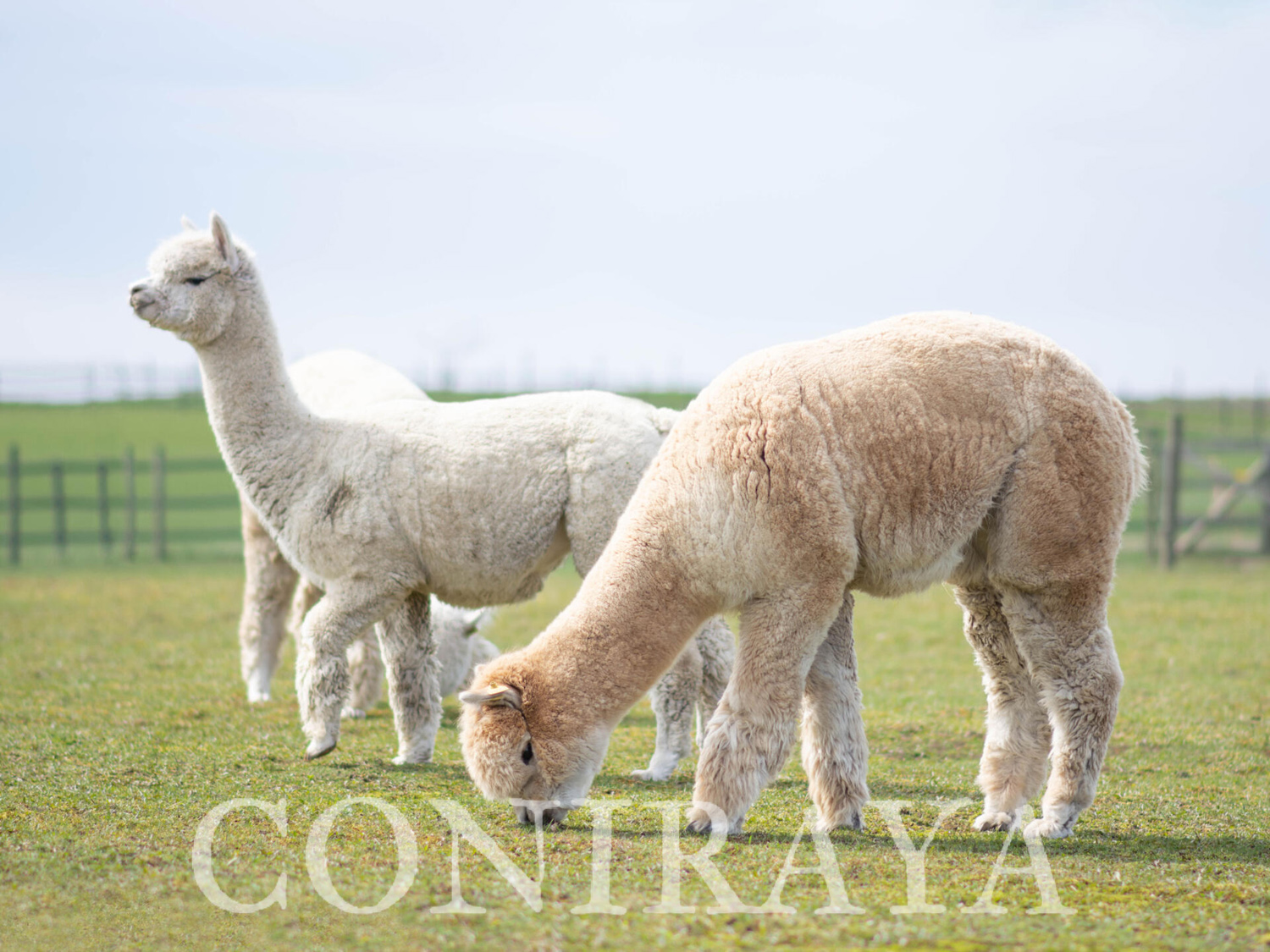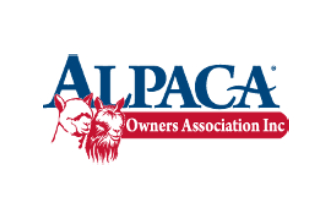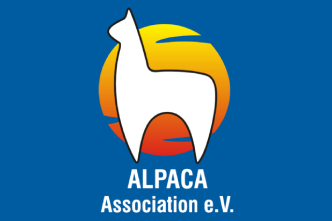Contact
Come visit us
- A great place to visit
- Natural products
- A meeting place for breeders
At the Coniraya Farm we have been breeding Huacaya alpacas since 2013.
From the very beginning, we focused on the quality of alpacas, which is why the first group of animals that came to us were of premium quality. We brought these exceptional animals to us from various corners of the world – in our herd you will meet alpacas from Chile, Switzerland, Germany and the USA.
In addition to beautiful females and handsome males, we can also boast of their wonderful offspring! Over 100 crias have been born at our farm.
We are constantly improving alpaca breeding using my knowledge supplemented by courses and internships completed in Austria, Germany, Norway, Great Britain, Chile, Peru and the USA. Knowledge, numerous trips and cooperation with breeding farms from all over the world allow us to conduct breeding at a good European level.
Each year, more outstanding females and males join the herd. In 2021, Xanadu Peruvian Calvados and FDA Leviathan’s Super Star Struck joined us, in 2022 Flanders Talisman, and this year Red Granites Pallaton.
Thanks to cooperation with German breeding farms, our herd also includes offspring of European champions.
My great passion is veterinary medicine and alpaca fiber, so I am constantly expanding my knowledge.
Learning about alpacas never ends.
Joanna Najbar
Sieborowice, 21.12.2023





